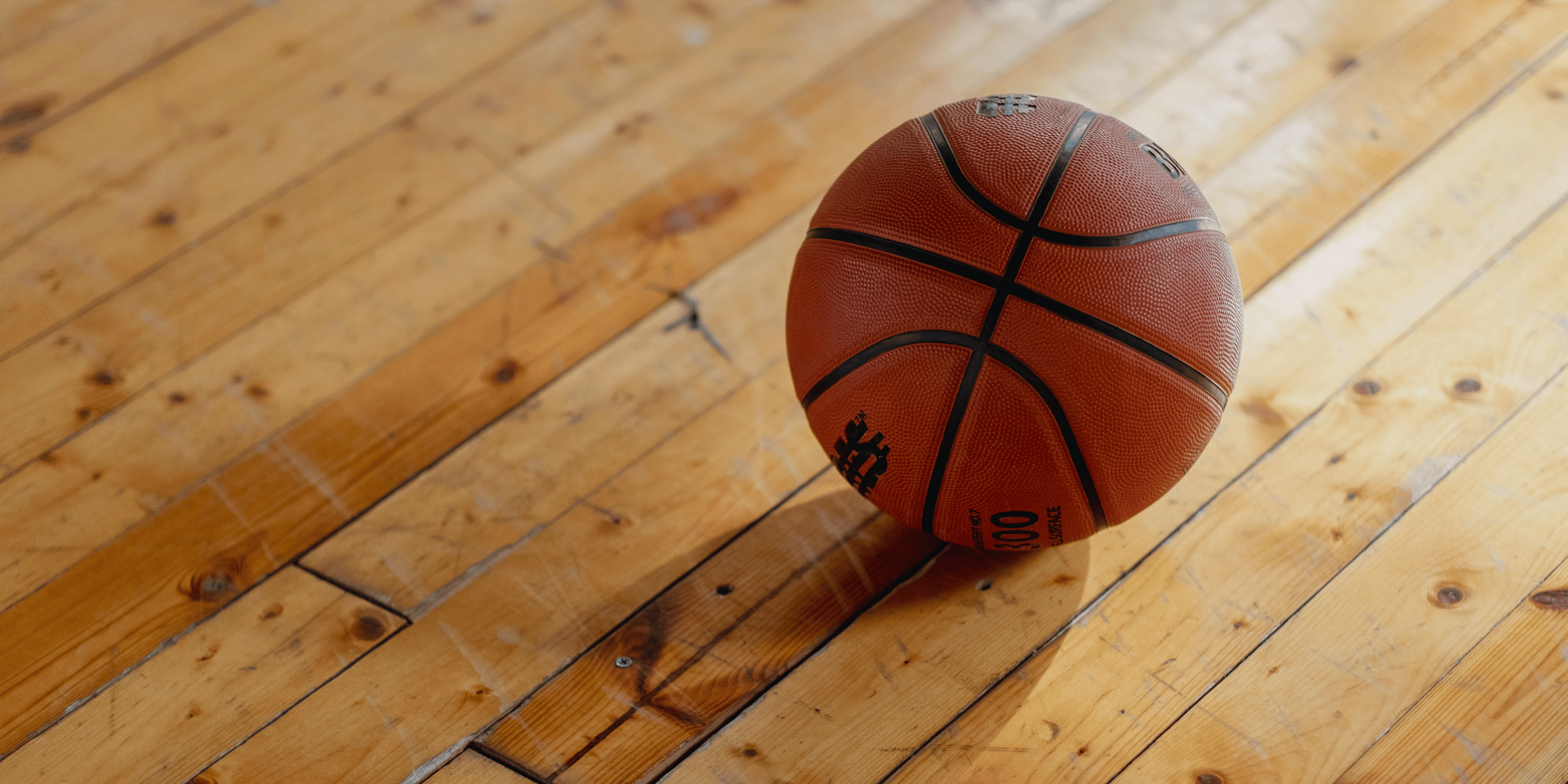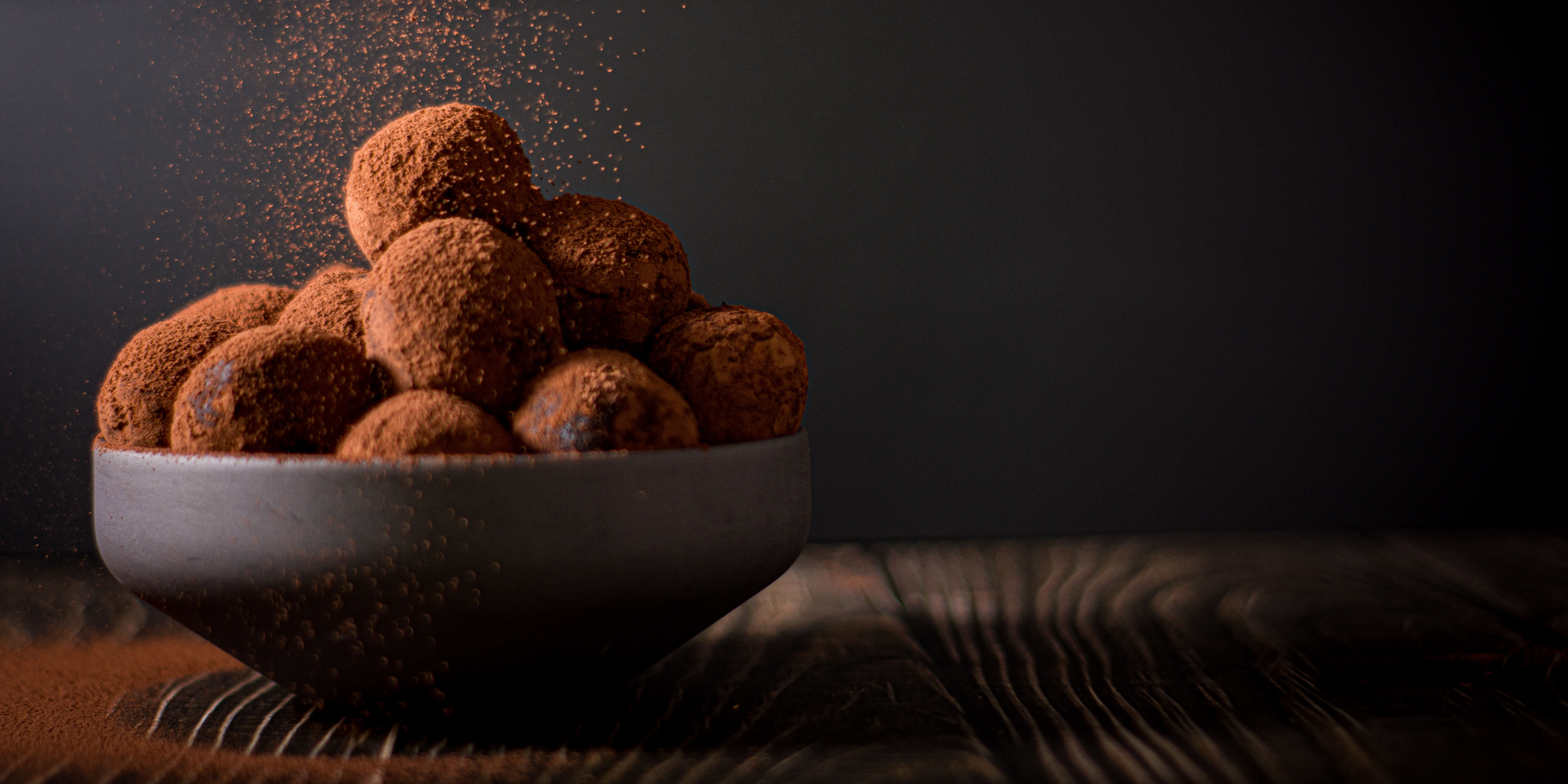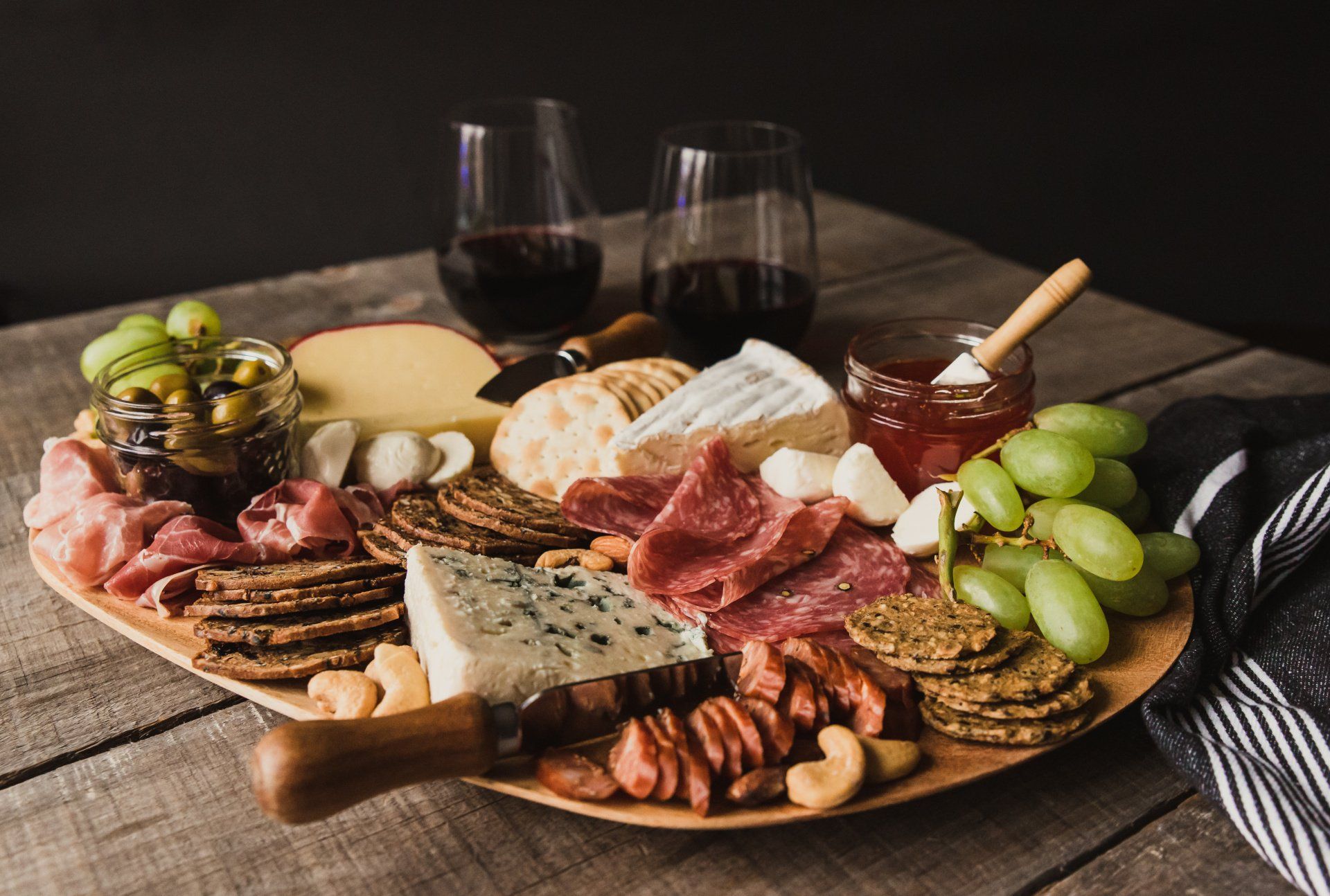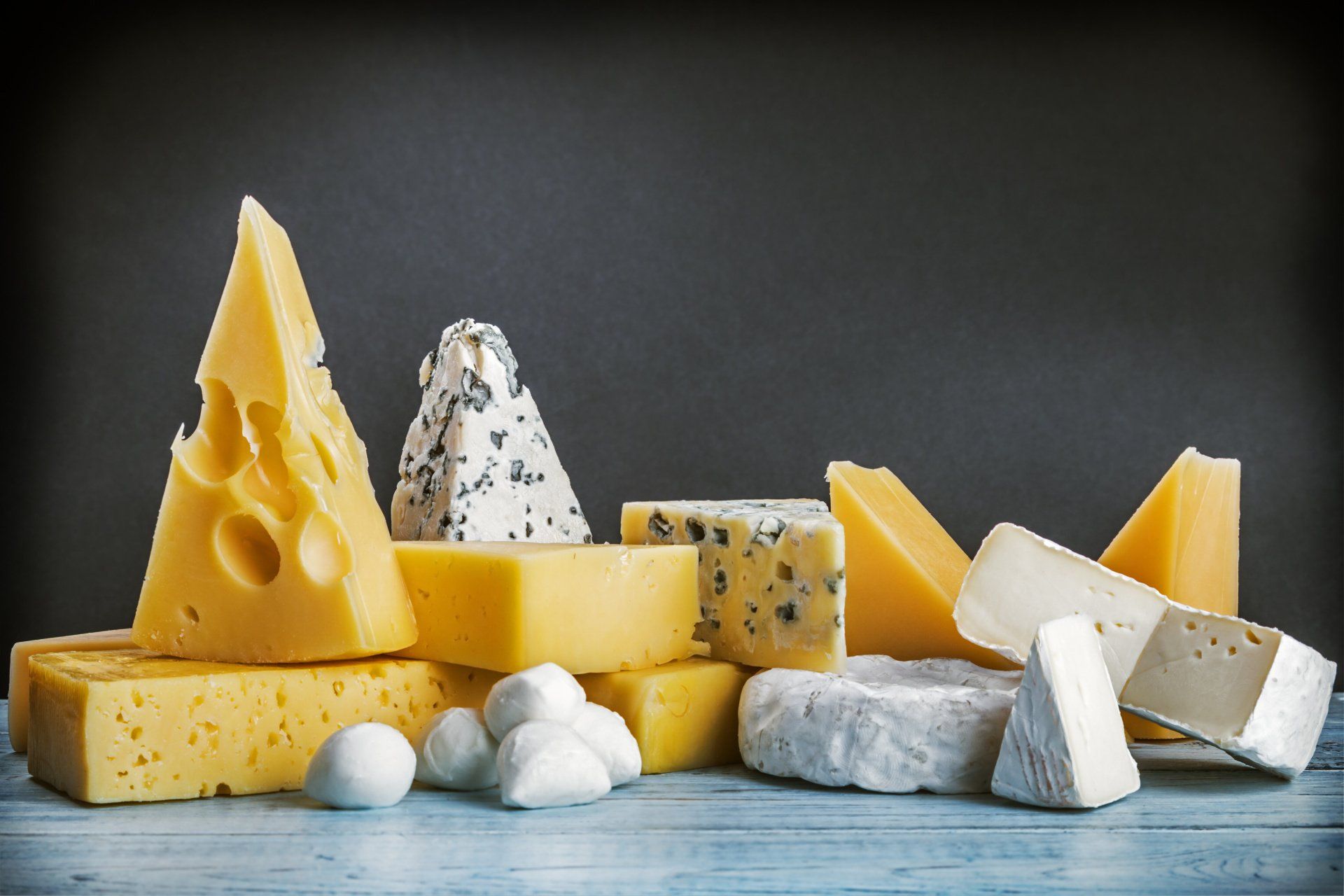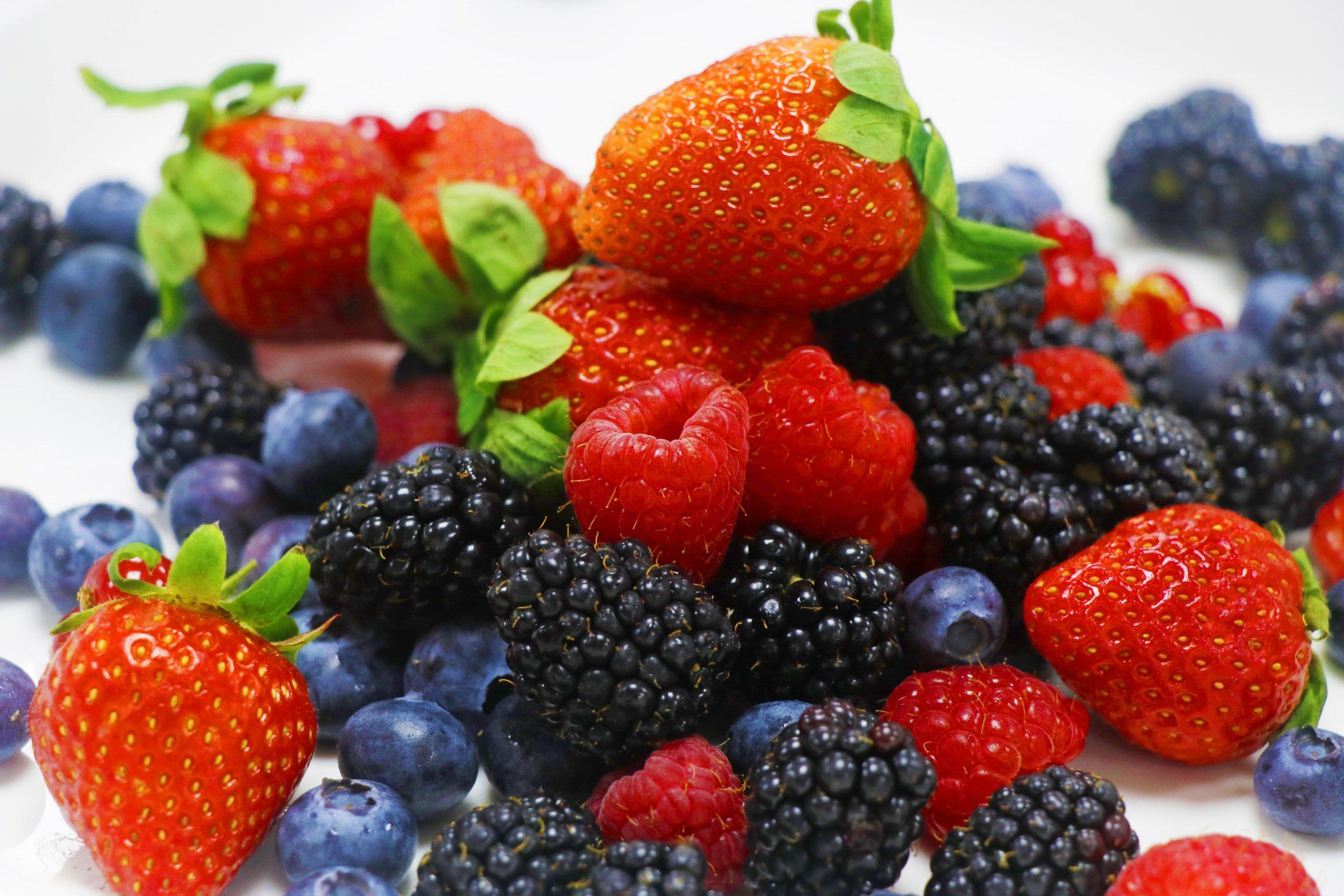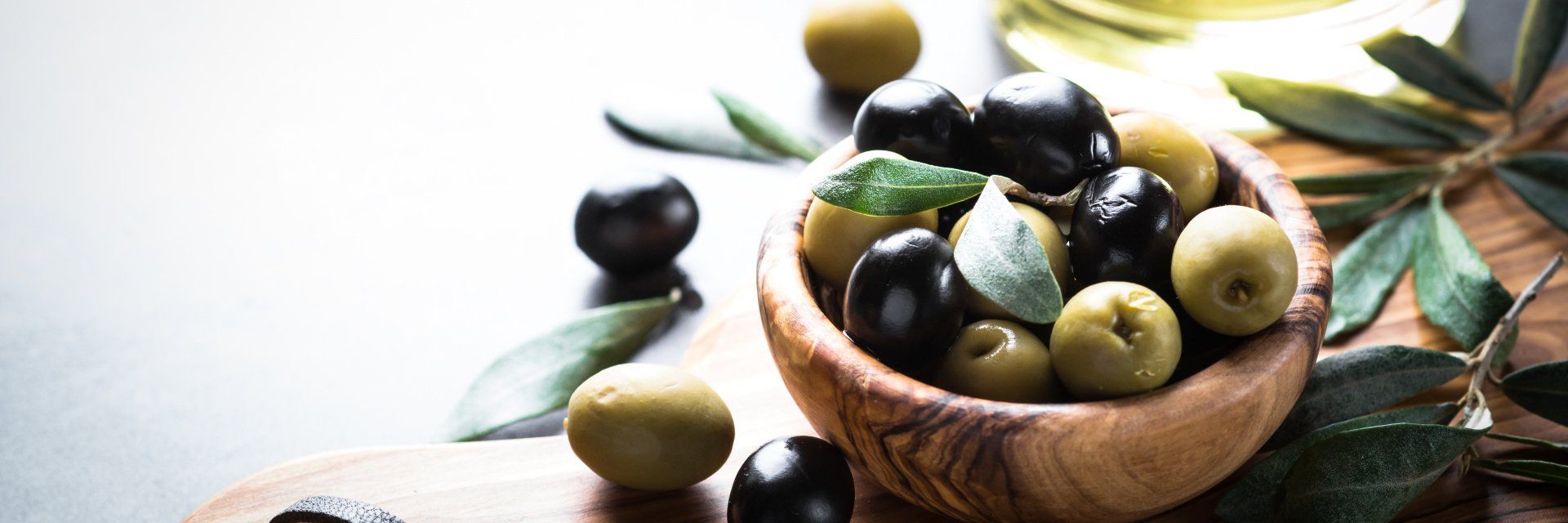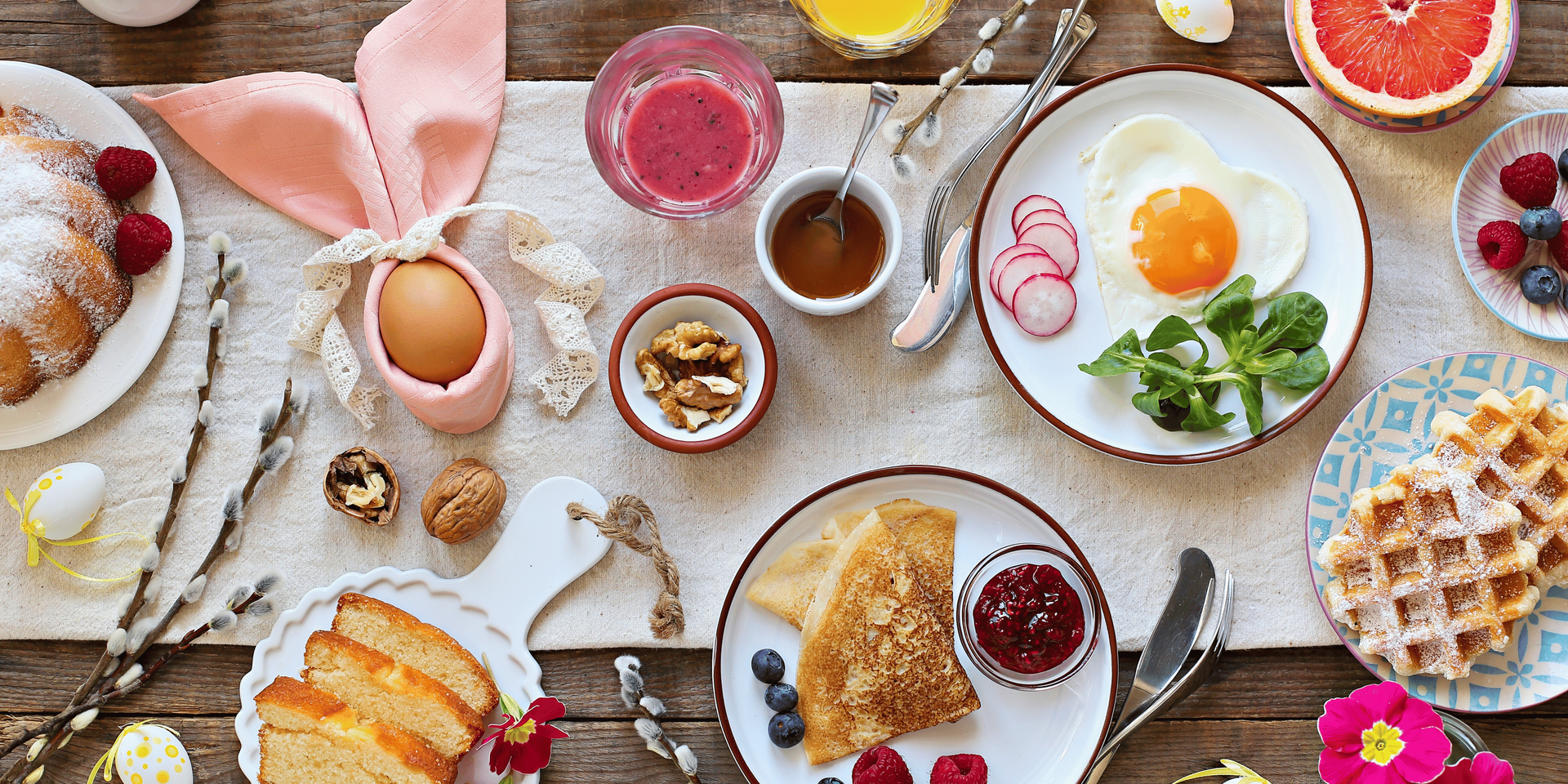How to Build a Charcuterie Board
Charcuterie, in the French tradition, is the art of preparing cured meats and meat products. When we say charcuterie today however, we are referring to a flavorful pairing of meats, cheeses, breads, crackers, olives, fruit, and nuts that are artfully arranged on a serving board/platter.
A wonderful addition to any celebration or casual get together, charcuterie boards have something for everyone, and are perfect for entertaining. There’s no recipe to follow and making them is easy and fun! There are countless combinations that can be created simply by changing up some of the foods.
Here’s a simple guide to help you build the perfect charcuterie board with diverse flavors, textures, and colors.
Serving Utensils and Tools
- A large round or rectangular cutting board, platter or tray to serve as the base for your charcuterie platter, and something plain like wooden or marble rather than colored or patterned so as not to take away from the beautiful food presentation
- Serving containers that complement one another in color, and vary in size and height, i.e ramekins or small bowl and medium-size bowls for jams, mustards, olives and nuts as well as a tall, narrow container if serving breadsticks
- Assorted cheese knives including sharp for firmer cheeses
- Small spoons and forks for jams, mustards and other spreads and forks for olives and fruits
- Toothpicks
- Small serving plates
Item Selection
Cheeses
Include a variety of cheeses contrasting in taste and texture from soft to hard. Don’t be afraid to try one or two new cheeses in addition to a few of your favorites. Some cheeses often found on a charcuterie board include:
- A creamy Blue or Brie
- A semi-soft cheese like Mozzarella* or Havarti
- A hard aged salty cheese like Parm
- A tangy goat cheese
- A sharp cheese like aged Cheddar
Vary the sizes and shapes (cubed, sliced, log and/or wedge) to create visual interest.
Meats
Select 2-3 meats that range in flavor from mild to spicy, and vary in texture. Prosciutto, the salty Italian favorite, is the most popular cured meat on a charcuterie board, and is served sliced paper-thin, but salami, mortadella, sopressata, and Spanish-style chorizo are also popular additions. Meats like salami can be folded into a triangle to create more visual interest.
Fruit
Fruit pairs well with cheese and adds vibrant color and natural sweetness. “We eat with our eyes first,” so think colorful when selecting fruits to ensure visual appeal. Consider dried fruits like apricots, cranberries, mango and figs too for a delicious accompaniment.
- Red: strawberries, raspberries, grapes, cherries, cranberries, grape tomatoes, apple slices*
- Purple/blue: grapes, blackberries and blueberries
- Green: green grapes, pear and apple slices*
*To prevent browning, briefly soak in salt water solution (⅛ tsp. salt to 1 cup water) then rinse.
Mustards
Have 2 mustards available if possible - a hearty stone ground mustard and a sweet mustard such as maple or honey. Opt for the stone ground mustard for its texture if only 1 will be included., Mustards, made with a variety of sweet and savory herbs and spices, add complex flavor to a board. The tangy and spicy flavors also balance the richness of the cheeses and meats.
Breads
Add some sliced baguette, along with plain crackers, crostini and breadsticks, great for wrapping prosciutto around. Their mellow taste doesn’t overpower the flavor of the cheeses and meats, which are the stars of the charcuterie board.
Olives and Nuts
Olives act as a palate cleanser in between bites, and if you’ve checked out an olive bar, you know there are many different varieties from which to choose. Olives range in flavor from very briney and salty to very mild and buttery. Kalamata, Castelvetrano and Picholine are a few that pair well with most charcuterie.
When it comes to nuts, pecans go with almost any cheese with their natural sweetness that offsets the cheese’s saltiness. Almonds, walnuts, pistachios, and macadamia nuts also work well. Marcona almonds are a charcuterie board favorite with their sweeter taste and slightly softer texture.
Spreads
Add a sweet component like an infused honey, jam or chutney to counterbalance the saltiness and richness of the cheeses and meats.
Board Assembly
Arrange cheeses and meats with larger items like slices and wedges/blocks first as opposed to cubes. Gauge space by placing bowls/containers with olives, spreads, mustards and around the board next. Arrange fresh and dried fruit next to cheeses that they pair well with. Add crackers and bread to remaining space.
Serve immediately or chill until ready to serve!
Browse More Recipes!
